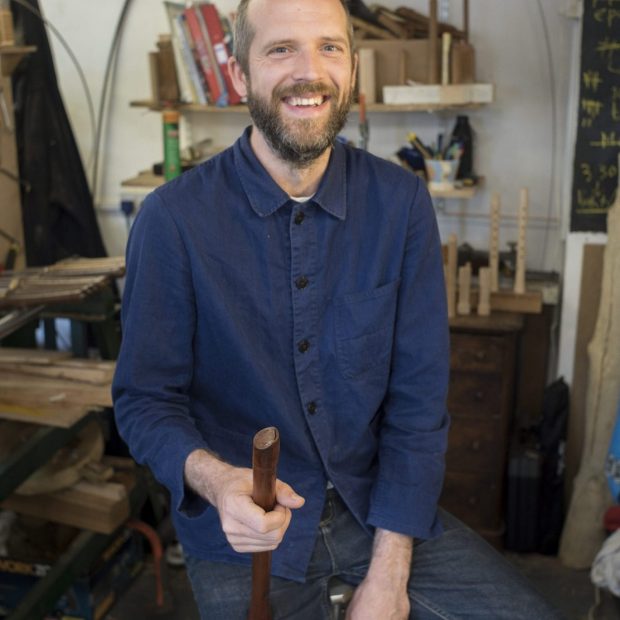Catching up with Recorder Maker Jack Darach
5th February 2020
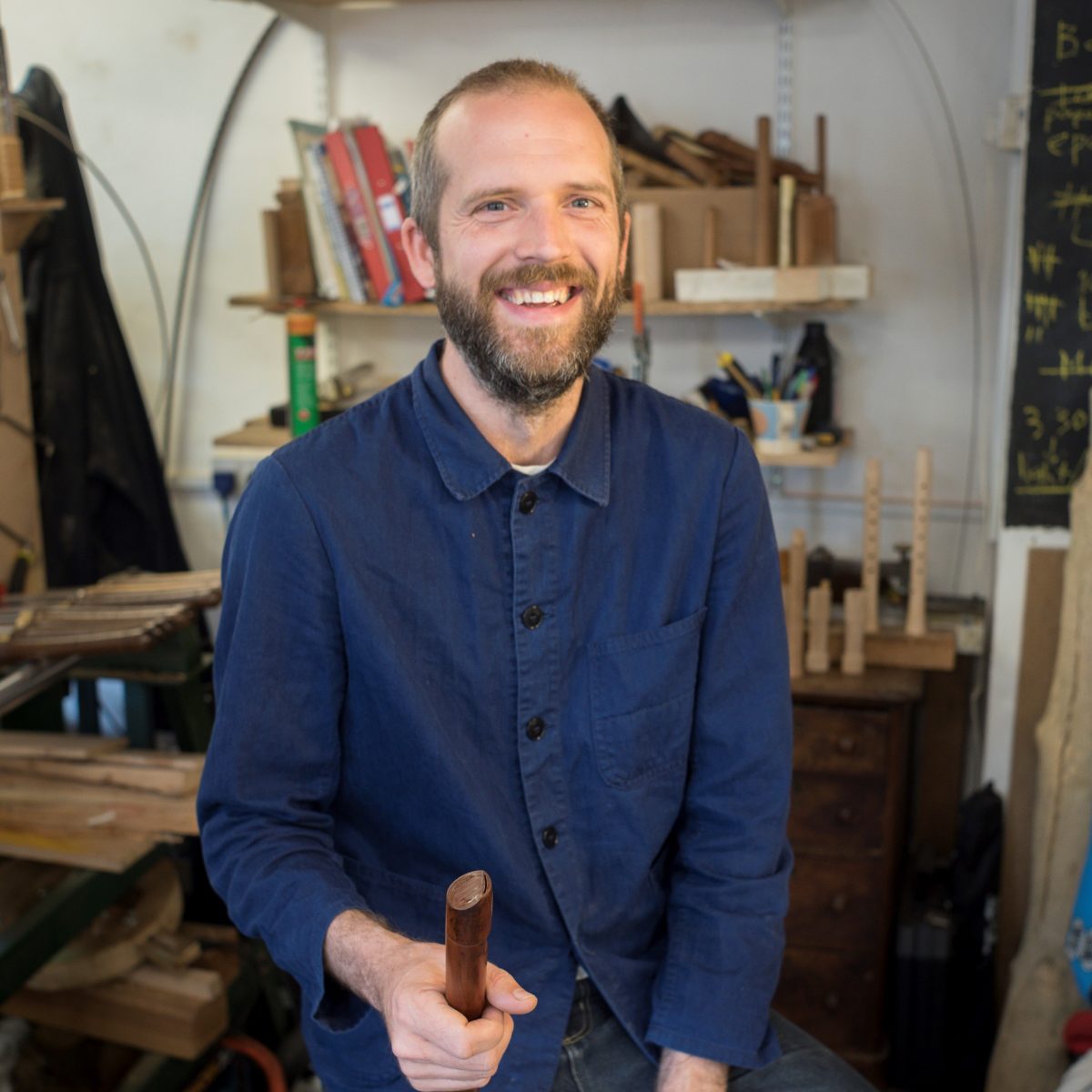
Tell us about your scholarship
My QEST funding was used to spend time working with Tim Cranmore, one of the only other recorder makers working to the highest level in the UK, and also with Dutch maker Jacqueline Sorel. When you begin making instruments you often start from historical plans that give the fundamental characteristics that your instruments will have, but the next step is the fine tuning and the sculpting of the air, the voicing, that determines their unique sound. Small changes can have a crucial effect on the quality of the sound and tone. The idea behind spending time with Tim and Jacqueline was to work out for myself the character I want to create in my instruments, and the kind of maker I want to be. It proved a very useful starting point, and now the challenge is to continue.
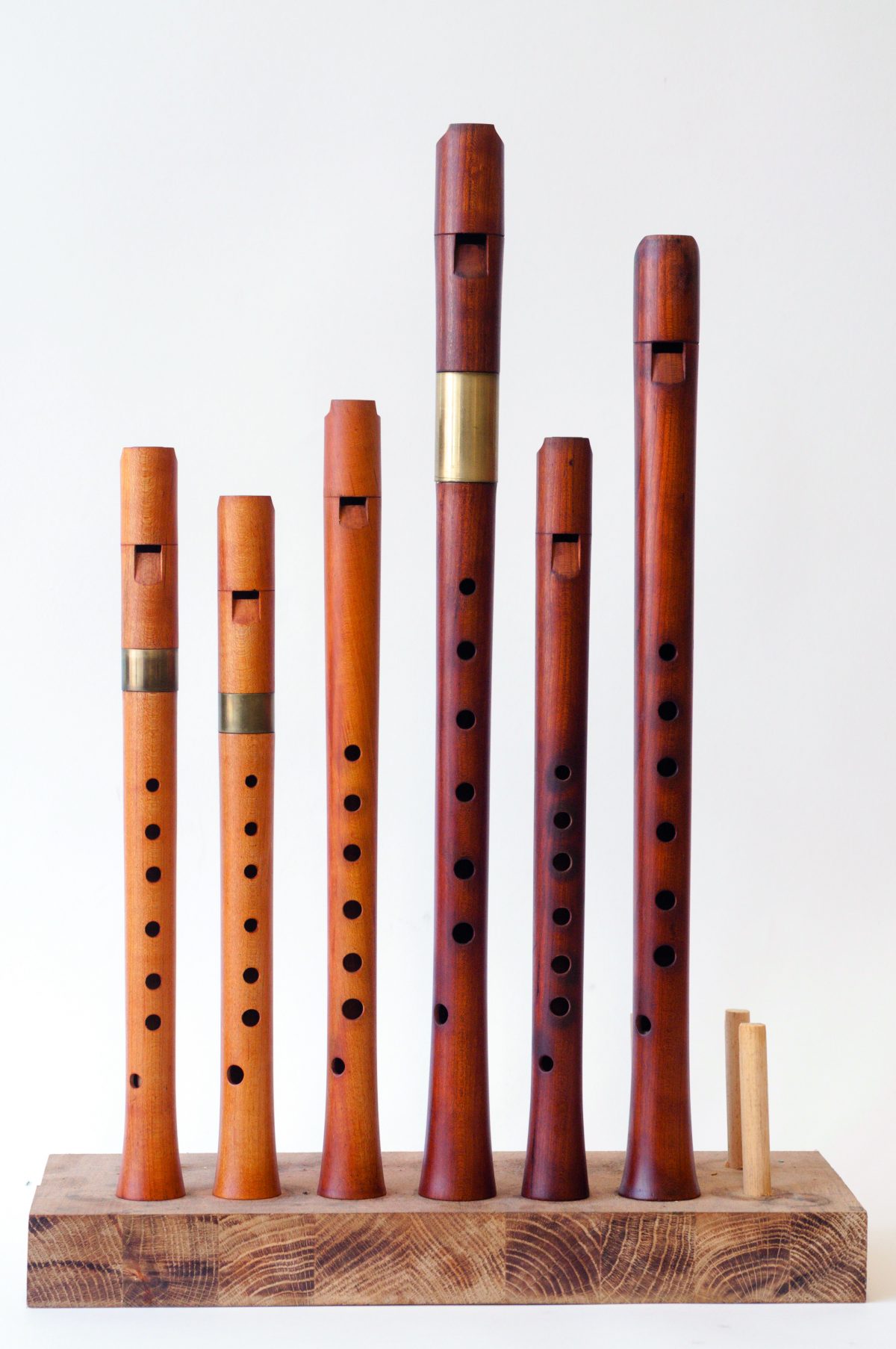
Are your clients mainly professional players?
I work with many professional musicians and it’s an ongoing relationship. I build up an instrument in a standard way and then as players use them and the instruments develop the recorders voicing is adjusted to suit their requirements. For example, a player recently sent me a recorder with a weak note, and taking less than 1mm of wood off one part of it and slightly changing the angle of another area, fixed the issue.
Where do you sell your instruments?
I have customers in the Far East, Europe and the UK and my yearly routine is six or seven international shows – early music festivals and recorder festivals – across Europe. A complete mix of professionals, amateurs and curious locals come to the events and it’s always nice to exchange ideas and try other makers’ instruments. There is a fun competitiveness between us and we are always striving to improve our instruments by understanding how other people make theirs. It is partly why these shows are so fascinating for a new maker and continuously useful for the well-established ones too.
Who are your competitors?
They are people who have 40 years of experience over me and the other new makers. When we start travelling around trying to sell our instruments, the bar is set really high in a way it wasn’t for them, as the standards have vastly risen over that time. We have to hustle quite hard to sell our work, but that’s part of the fun.
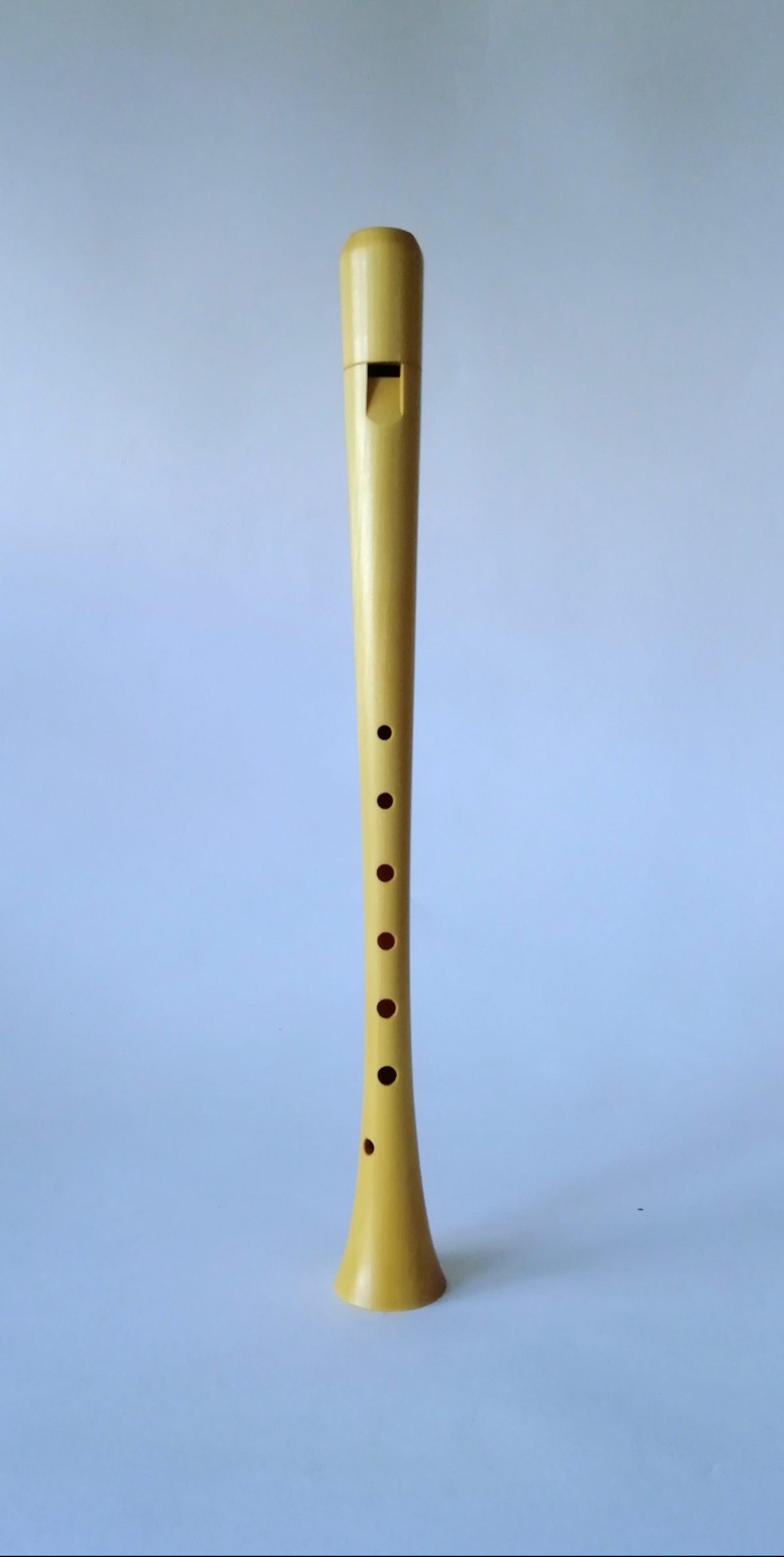
Have you done any further training since your scholarship?
I did some research with the Winston Churchill Memorial Trust, which enabled me to visit makers, performers and composers across Europe. It was very interesting learning what people are thinking about the future of the instrument and what are they looking for. I spent time researching the essence of the instrument – what can you change without losing its character.
What are you working on at the moment?
The three lines I’m currently focusing on are firstly the reproductions of originals – this means producing instruments with tuning and temperaments that can seem strange to contemporary players – often with single rather than double holes at the bottom. The Baroque pitch has become standardised, and you can’t really understand what you’re trying to do with the Baroque instruments unless you have understood the character of the instruments on which they are based. Secondly I’m working on extending my standard range of Baroque and pre-Baroque instruments. Finally I’m making modern instruments – at modern pitch 440 or 442 – that can meet the rigorous performance demands of contemporary players. This means a bigger, bolder sound, but it’s important this doesn’t sacrifice the core essence of the instrument – that we still have a flauto dolce even if it’s one that can happily play alongside modern instruments. It’s all a balance.
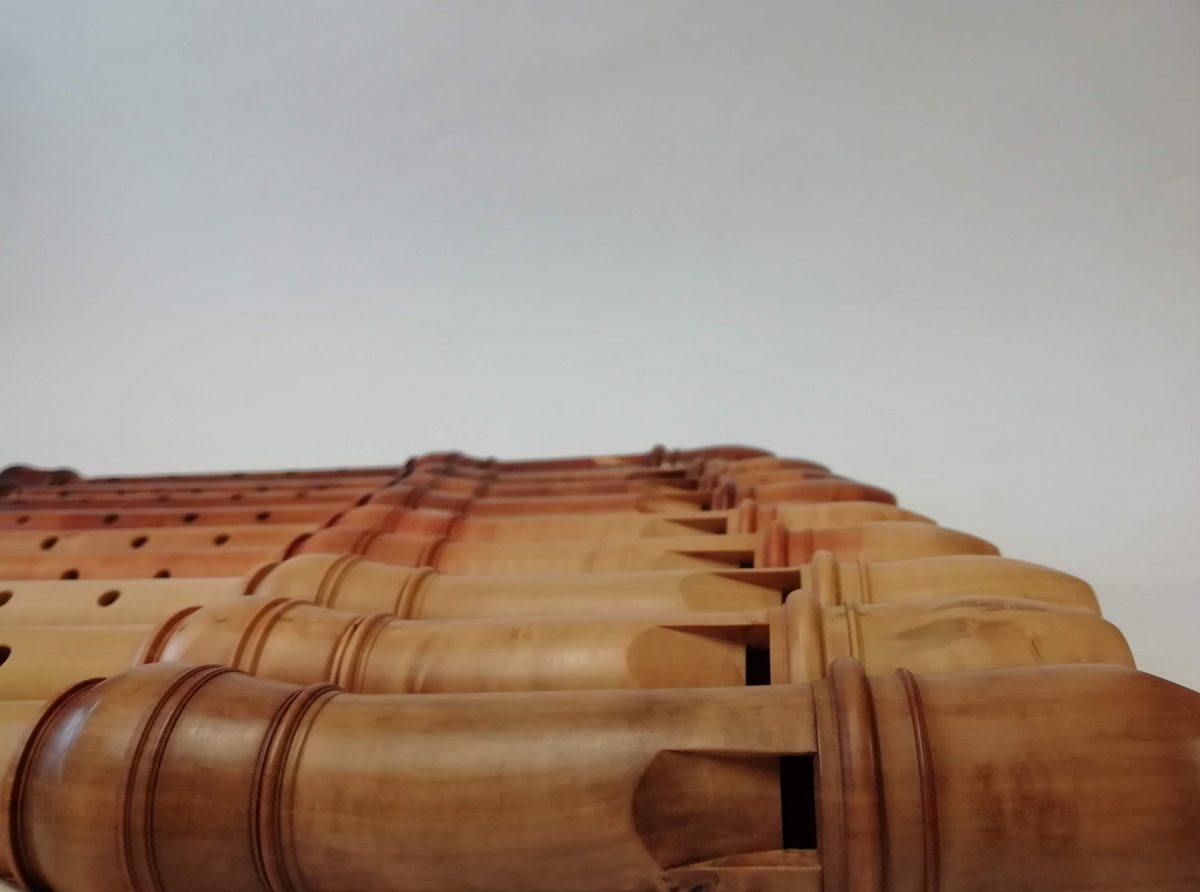
Do you have any events coming up?
Foire au vents 2020 2-3 March 2020
Schwelm Recorder Summit 27-29 March 2020
Bordeaux 27-29 March 2020
The Sound of Craft 30 April 2020
